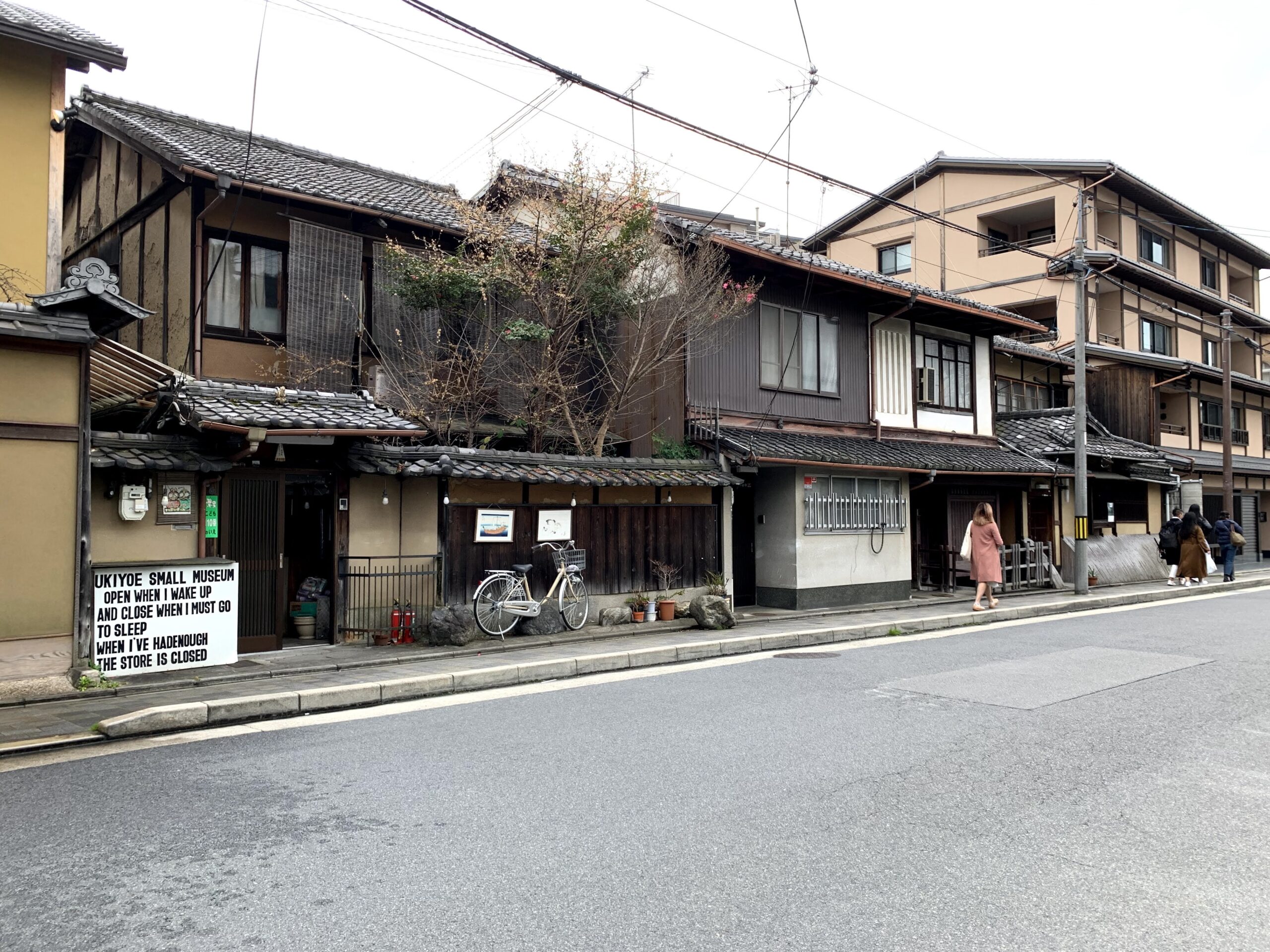A Local Discusses Two of Japan’s Most Famous Cities and Their Cultures
This article was originally featured in the October 2024 issue of Connect.
Brooklyn Vander Wel (Hokkaido)
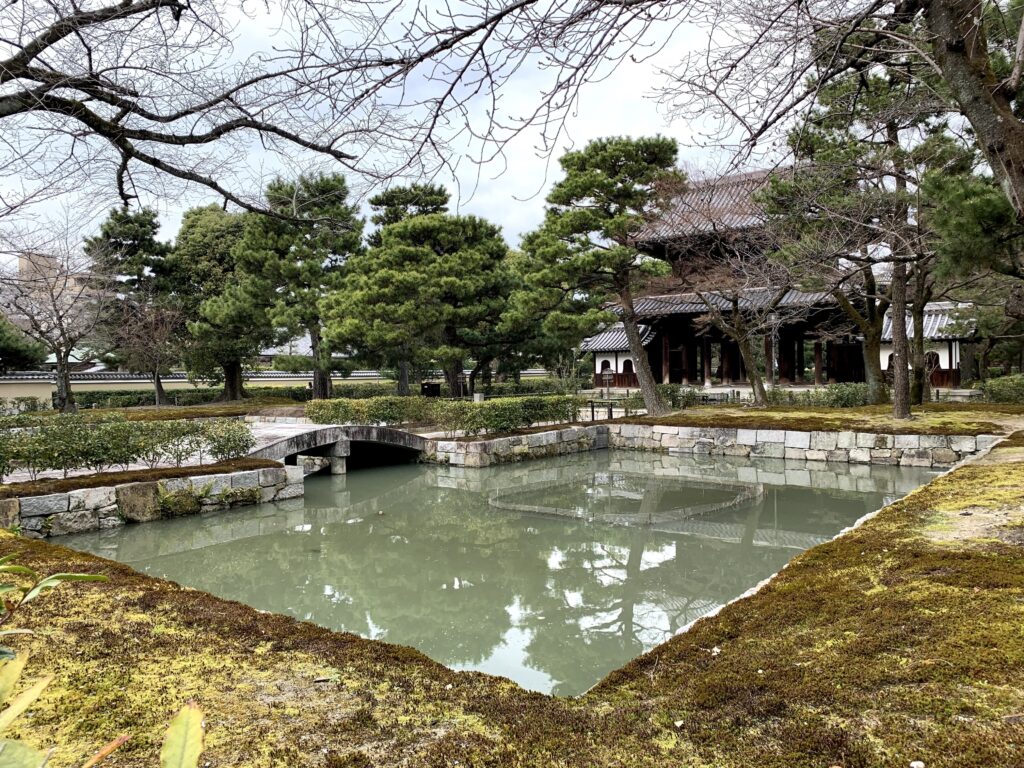
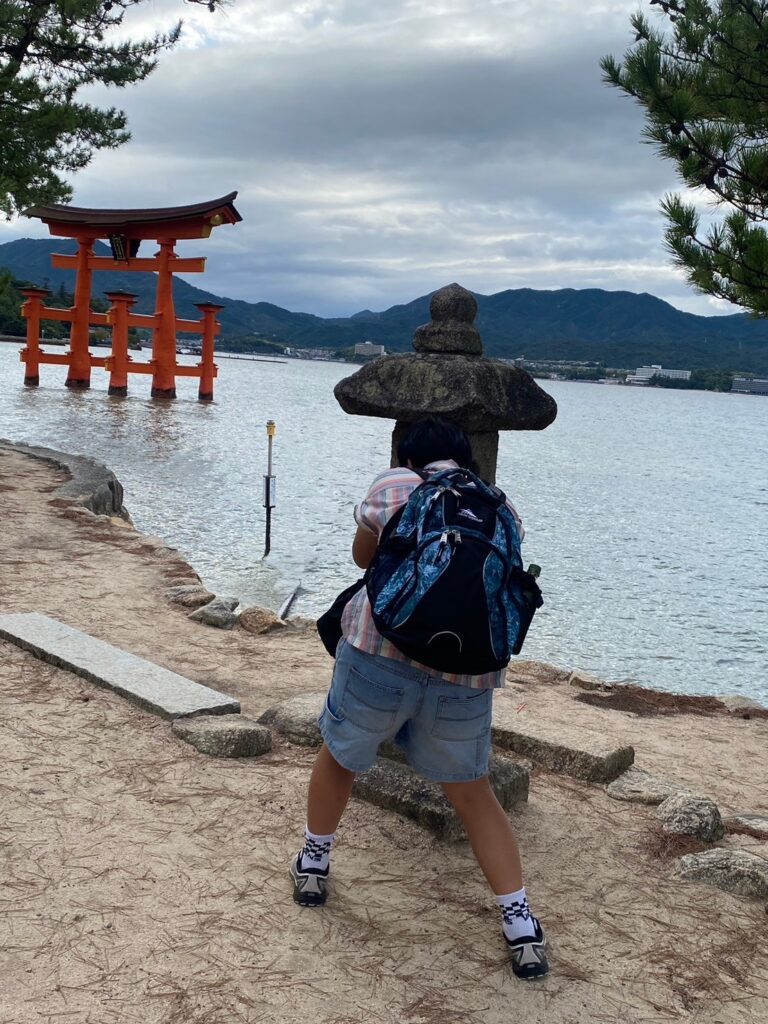
It’s been almost twenty years since Hiroshima native Kayo Takemoto last visited the Hiroshima Peace Memorial Museum. When she went, she was in elementary school. But now in her mid-twenties, she has much more to reflect on as she walks through the museum’s updated exhibits. Not just about Hiroshima, but also about Kyoto, the current city she lives in.
At first she’s hesitant to describe herself as an expert on Hiroshima and Kyoto. “I’m not sure if I’m qualified to talk about it,” she admits. “I’m just a local, and I may not be so sure about the culture.” But sure enough, after spending the first eighteen years of her life in Hiroshima Prefecture and then eight years in Kyoto City, she has a lot to say—and with deep affection too.
“But sure enough, after spending the first eighteen years of her life in Hiroshima Prefecture and then eight years in Kyoto City, she has a lot to say—and with deep affection too.”
What first comes to mind when she thinks of Hiroshima is okonomiyaki, a layered pancake made out of flour batter, cabbage, savory sauces, and—unique to Hiroshima—yakisoba. Put simply, it’s Hiroshima’s soul food. It wasn’t until recently that Kayo learned exactly why it’s referenced that way. After the events of World War II threw Hiroshima into deep levels of chaos and poverty, it became extremely popular because of its accessible and cheap ingredients. Okonomiyaki is not only a beloved dish, but a symbol of renewal in Hiroshima as well.
“Okonomiyaki is not only a beloved dish, but a symbol of renewal in Hiroshima as well.”
As for Kyoto, Kayo lovingly presents a familiar montage. Matcha, temples, shrines, festivals, bathhouses, cafes, and its own traditional cuisine: locally produced side dishes known as obanzai. There’s actually a set of architectural codes called keikan jourei that protect Kyoto’s traditional aesthetics and buildings. Something else that shouldn’t be overlooked are the multiple rivers which flow throughout the city. The riverbanks are popular gathering spots: whether that’s for picnics, flower viewings, or peaceful walks. Every day a mix of locals, university students, and tourists frequent these trails due to Kyoto’s reputation as not only a historical hub but a college town too.
“As for Kyoto, Kayo lovingly presents a familiar montage. Matcha, temples, shrines, festivals, bathhouses, cafes, and its own traditional cuisine: locally produced side dishes known as obanzai.”
There are even a few things Kayo didn’t realize about Hiroshima until she moved to Kyoto for university. Like how the Hiroshima accent is softer than the Kyoto one, especially in the countryside where she grew up. She wishes she could hear it more often. But it’s hard to find, especially since she hides her own local accent to blend in with urbanites from Kyoto. That’s another thing: Kyoto natives, who grew up in the central-western part of Japan called the Kansai region, can immediately recognize Kayo isn’t from there. The intonation is different in many words, like whether a syllable is pitched up or down, such as the Japanese words for October and onion. She notes that a funny difference between Hiroshima and Kyoto is that the former calls McDonald’s Maku while the latter says Makudo.
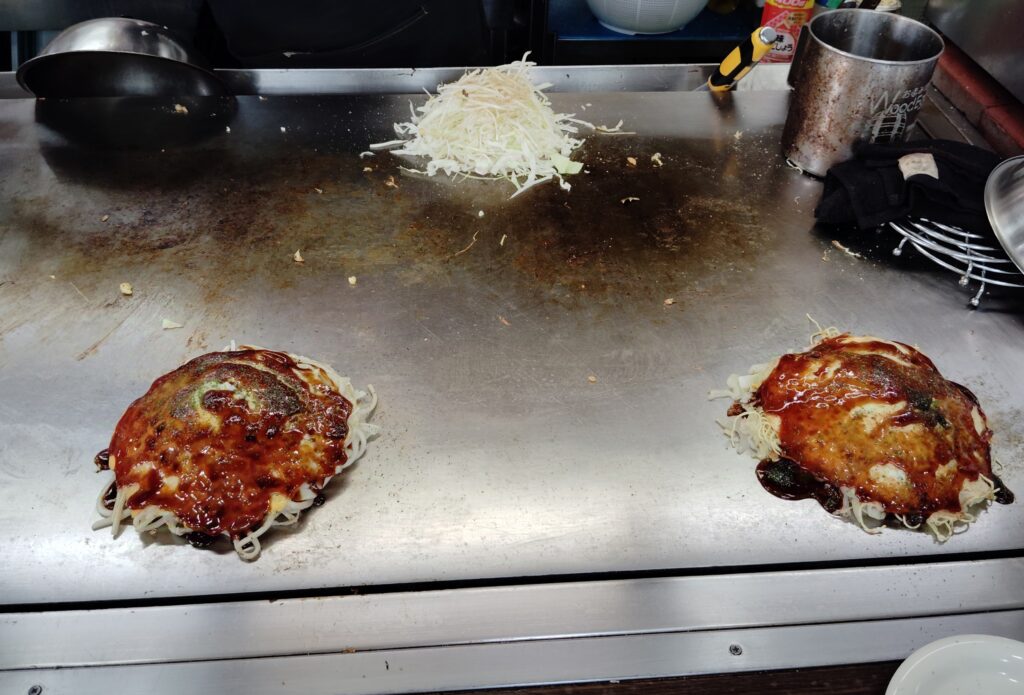
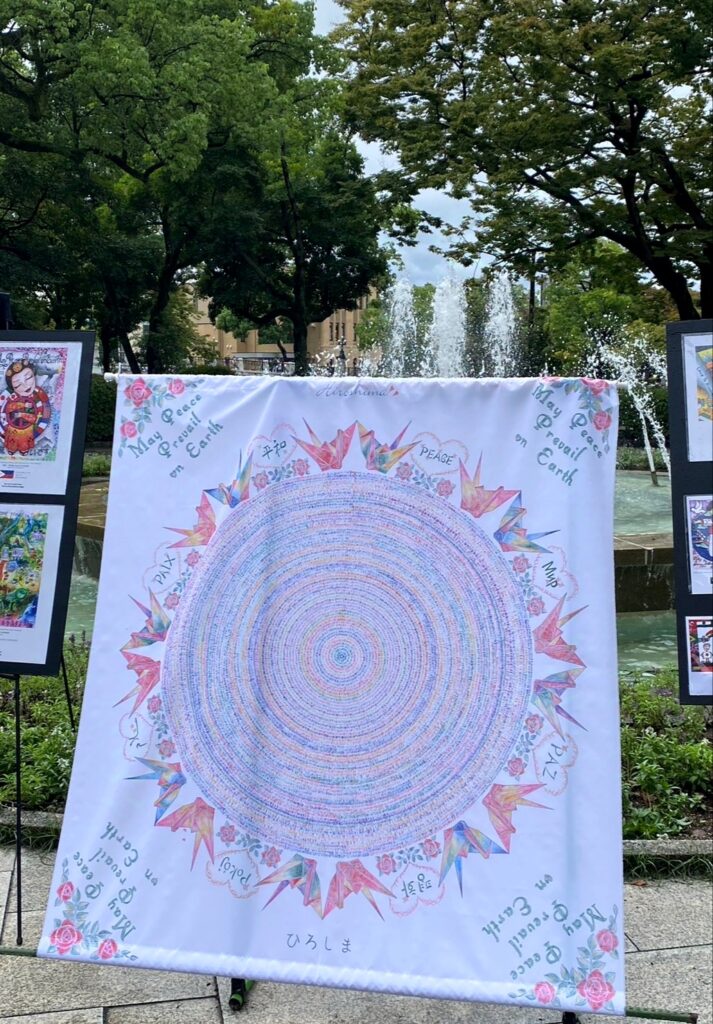
When asked about how Hiroshima and Kyoto want to grow in the next ten years, Kayo goes quiet. It’s a hard question, but ever the keen observer, she shares a few ideas. In Hiroshima, there’s talk of expanding the tram system, and someday restarting the subway project that cost too much to build. Near the main line of Hiroshima Station lies Zoom-Zoom Stadium and another goal, promoting the Hiroshima Toyo Carp baseball team. It has its sights on winning the Japan Series championship, as they are one of two teams who have not won in the 21st century.
In regards to its food and drink ambitions, Hiroshima wants to improve the publicity of its sake industry. Although it has award-winning breweries and is highly respected among sake connoisseurs, the average person remains unaware of Hiroshima’s reputation. In addition to there being not that many accessible sake tasting rooms, especially in English, there’s also the fact that sake isn’t popular among young Japanese people. There’s much to be excited about, but Kayo notes that Hiroshima still has more left to do to incentivize people to move there and sustain growth.
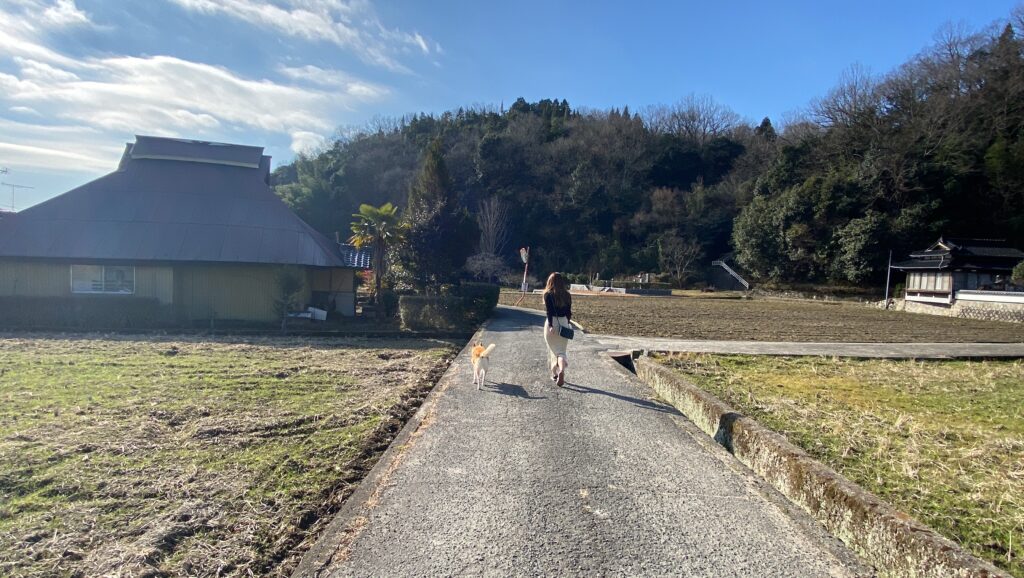
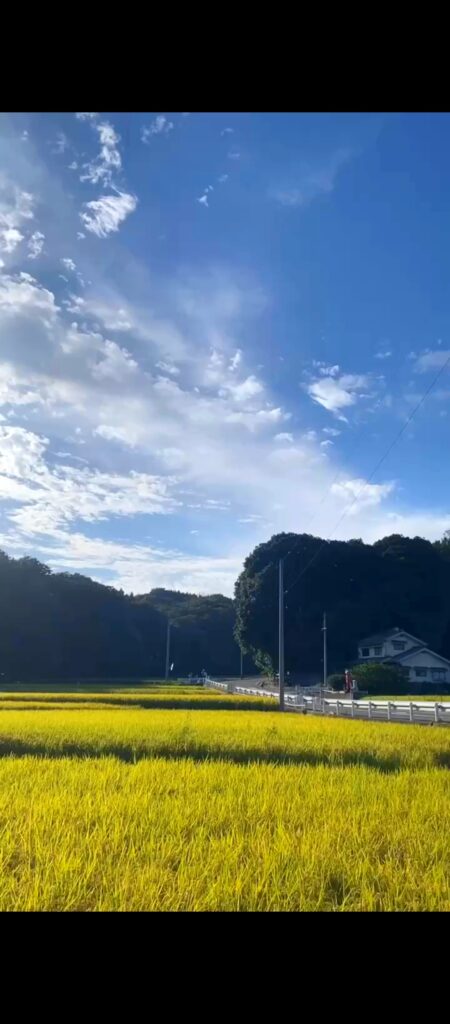
Even Kyoto has its work cut out for it. Due to the ongoing tourism surge, the hospitality sector doesn’t have enough facilities or staff to accommodate the flood of guests. Since many places can’t afford to hire large amounts of personnel, there’s hearsay that companies are researching technology like robots and supercomputers to bridge the gap. When it comes to transportation, essential for tourists and locals alike, Kyoto hopes to expand its train loops. Kayo also notes that buses are routinely late by five minutes or longer, a big deal for a country that prides itself on being accurate to the minute. She predicts that other forms of transportation, like rental bikes and scooters, will become more common.
About the nightlife scene, Kayo explains it could do better. Most cafes close at 5pm or 6pm, while shopping spots fare a bit better ending between 8pm and 9pm. But besides some bars that stay open late, there’s not a lot to do with friends after dark. While it’s a difficult process to renovate old houses into shops and restaurants while upholding building codes, she looks forward to seeing the city expand, improve its neighborhoods, and open some night cafes.
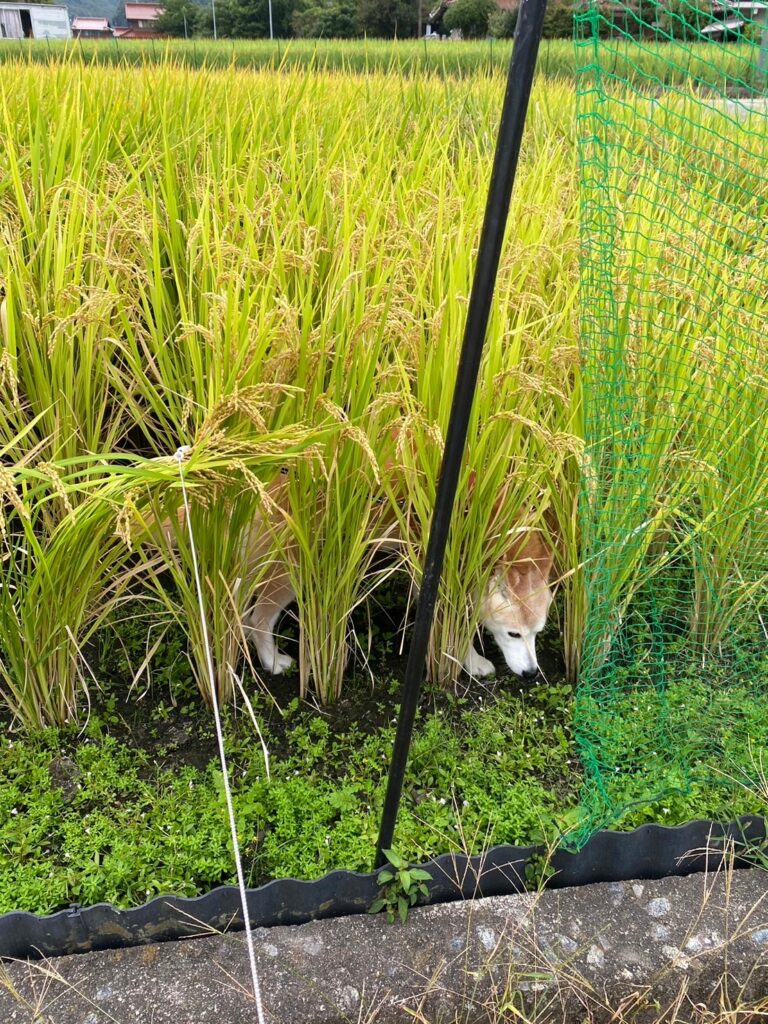
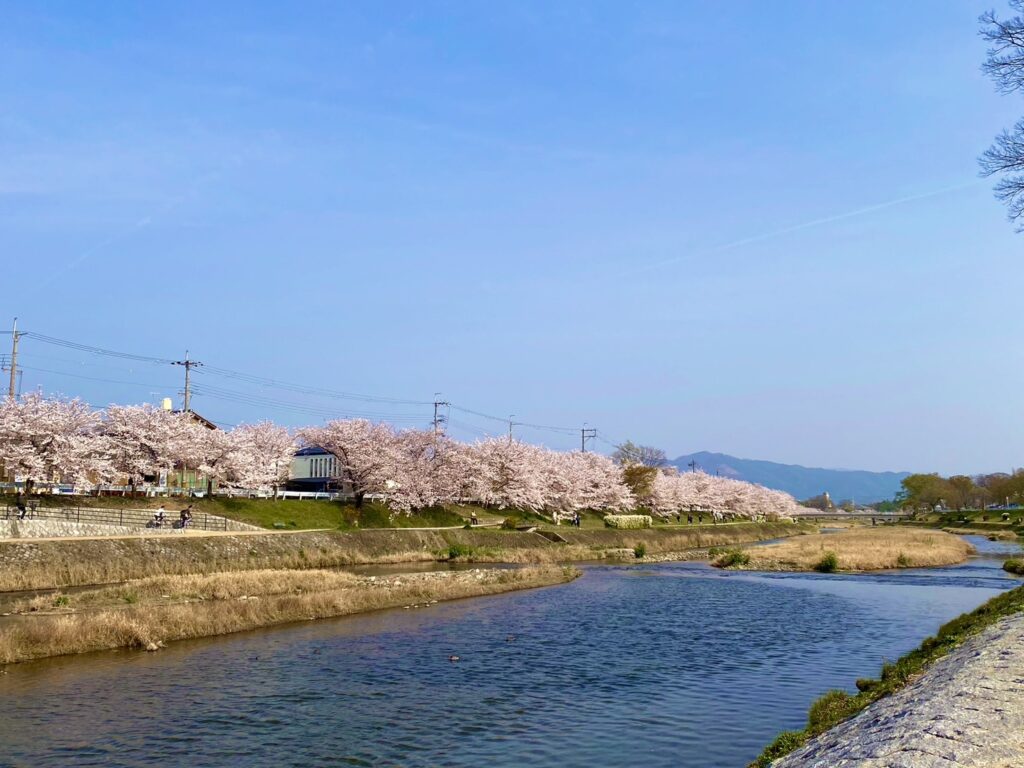
Back in Hiroshima at the Peace Memorial Museum, Kayo mentions that although still difficult, it’s easier now to look at the exhibits than when she was a kid. She’s learned and done a lot since then, like how she graduated university with an English degree, talked with people from all over the world, and lived alone for years. She still closely holds the value of peace that Hiroshima taught her at an early age, and continues to gain new perspectives and insights from her second home in Kyoto. Although she may prefer life in Kyoto over Hiroshima because of its more bustling nature, she confirms that she loves both places equally—along with everything that they’ve taught her.
Brooklyn Vander Wel is a first year JET participant who lives in the most northern region of Japan and spends time taking photographs on the coast and trying out as much Japanese cuisine and tea as is physically possible. They love language exchange and teaching fun phrases like “deer in the headlights” to people in their community.




